Philosophy Subjects
Philosophy sits at the heart of Yoga and our philosophy subjects sit at the heart of Yoga Vidya. Philosophy subjects are delivered in 2 formats: Learn/ Study/ Practise takes a weekly approach to practice-based learning whilst some philosophy subjects are framed through articles, book extracts and videos to guide your practice focus. Click through these subjects to view the parts.
All our philosophy subjects are lifetime anrollment so access does not expire.
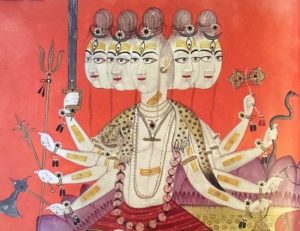
T-Ph01. Iyengar & Patanjali
This subject considers Iyengar’s relationship to classical Yoga as outlined in Patanjali’s Yoga Sutras.
Iyengar says, “The Yoga I teach is purely Astanga Yoga, known as the eight limbs of Yoga, expounded by Patanjali in his 196 terse sutras, each of which reflects profound experimental knowledge, supplemented with Hatha Yoga texts, the Gita and others.”
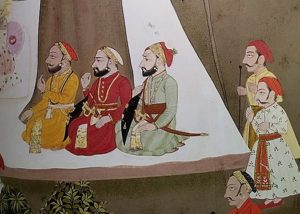
T-Ph02. Distinguishing Features of Iyengar Yoga
'.... if any Iyengar Yoga teacher is asked to express what is so unique about Iyengar Yoga then he would have no difficulties in expressing that "Iyengar Yoga is characterised by precision and alignment, sequencing, timing and the use of props’. Prashant Iyengar
This subject explores the distinguishing features behind Iyengar Yoga through lectures, articles and observations so that the student can fully understand our system of practice
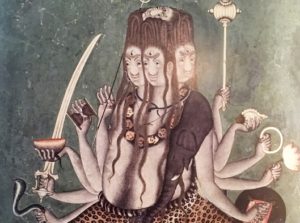
T-Ph03. Kriyayoga
The practice of Kriyayoga is given by Patanjali in the second chapter for students of moderate means. This practical approach helps us transcend our volatile nature and enter the present moment through practice.
Kriyayoga is made up of application (Tapas), self-study (Swadhyaya) and surrender (Isvara Pranidhana). This subject explores the Kriya and its significance within our system of practice along with the question of isvara (god).
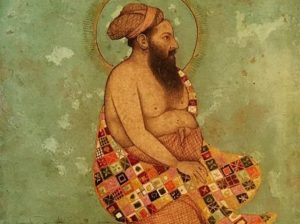
T-Ph04. Abhyasa & Vairagya
Abhyasa and Vairagya describe the dual pathways of action and renunciation. This subject examines the important role they play within practice and teaching.
In the Yoga Sutras Patanjali gives the 2 general means of practice. In the opening chapter he indicates Abhyasa/ Vairagya (Action and renunciation) for those who are supremely intense in their efforts.
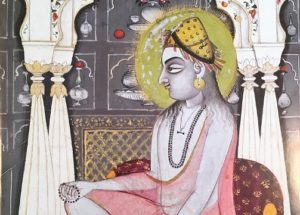
T-Ph05. Progression in Understanding
BKS Iyengar writes ‘In order to understand this simplicity of the consciousness and purity of the Self, one needs a matured knowledge. We go to educational institutions to acquire knowledge. But to learn yoga, the institution is not outside. You have to step into your own university within the body, the mind and the intelligence. The body is an educational centre’.
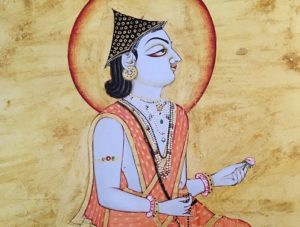
T-Ph06. Evolution & Involution
Iyengar writes: ‘We all want to develop and improve ourselves. We think of this as personal evolution, and a spreading of our wings. The true yogic journey is involution, or to refer to the previous paragraph, folding one's wings. If evolution is a preparation for yoga, then involution is actual yoga’.
This subject identifies the path of Involution using articles and book extracts and applying the Learn/ Study/ Practise approach maps the practical steps to gain experience in practice.
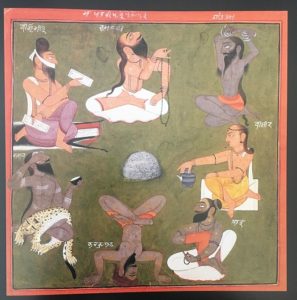
T-Ph07. Integrating layers of experience
Yoga psychology acknowledges that whilst we exist as a physical entity, we are ultimately much more than our body. In the Yoga Sutras, Patanjali has classified five layers or kosas to our existence. Our physical presence is undeniable but this is merely the outer layer. The second layer is the physiological form or energetic form. Then follows the mental/emotional layer and the intellectual layer. Finally, there is the divine layer. We are in harmony when our actions are cohesive across and between each of these five kosas. We exist, in effect, as complex organisms without distinction between body, mind and soul.

T-Ph08. Stages of Integration
‘There are seven frontiers to be integrated between the Seen (prakrti) and the Seer (purusa). They are integration of - the body, the senses, energy, mind, intellect, consciousness and soul, each realising its own individual identity. Proficiency in yoga will bring this seven fold knowledge.
According to Patanjali the seven states of conscious awareness are: emerging consciousness, restraining consciousness, sprouted or individualised consciousness tranquil consciousness, tranquil consciousness, attentive consciousness, fissured or rent consciousness, ripe or pure consciousness‘. BKS Iyengar
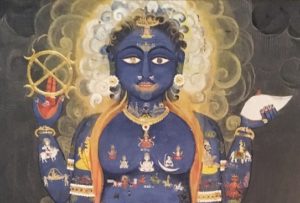
T-Ph09. Vrttis & Klesas
T-Ph09 examines the Vrttis and Klesas. ‘The five afflictions which disturb the equilibrium of consciousness are: ignorance or lack of wisdom, ego, pride of the ego or the sense of ‘I’, attachment to pleasure, aversion to pain, fear of death and clinging to life. The fluctuations are known as vrttis: changes, movements, functions, operations, or conditions of action or conduct in the consciousness. Vrttis are thought waves, part of the brain, mind and consciousness as waves are part of the sea’
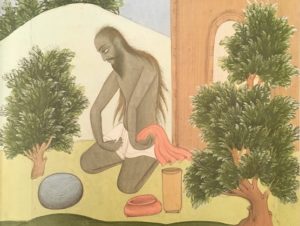
T-Ph10. Teaching from and to the body, mind and breath
Prashant Iyengar writes
'Teaching the body is a facet, which even a beginner has to evolve. But here, the ardent seeker teaches Trikonasana to the body, at times by the mind and at times by the breath'.
the statement above recognises that learning is not merely the acquisition of points of detail about an asana. If yoga is directed towards swadhyaya then we may limit our understanding and our experience by focusing on the body only.
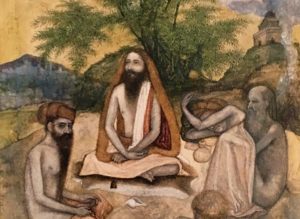
T-Ph11. Sequence, Sheaths & Sariras
‘Once you know the psychology and physiology of asanas, then you will be able to make a proper schedule of sequence of asana. It is a very subjective thing, it cannot be so generalised. It is a science, but it is not a rigid science; it is a fluid science, because it is subjective. It involves a subjective judgement’. Prashant Iyengar in a Class after a Class
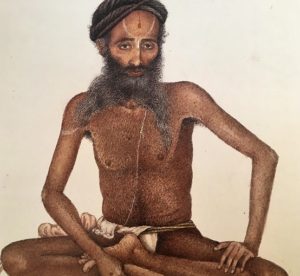
T-Ph12. Conjunction & Disociation
'What is an 'object'? An object is something which you can know, something which you can keep in front of you and watch. Yoga, as you are all aware, is something to know yourself with, and how do you know yourself? Basically, the point is that we identify ourselves with the mind so much. Prashant Iyengar
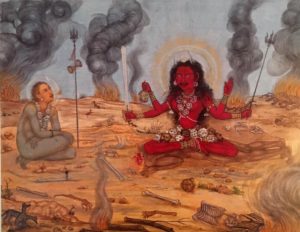
T-Ph17. Yoga Sutras. An Introduction
Students often struggle to engage with the yoga sutras of Patanjali finding the text dry and uninteresting. This subject introduces the sutras by covering their main themes to build a picture for those wanting to explore the subject in closer detail. Providing an overview and a stepping stone.
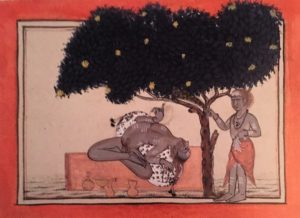
T-Ph19. Remedial Assessment
Remedial Assessment, considers issues pertinent to running remedial classes. This subject also proposes an approach to dealing with injuries in the student body of a school.
Iyengar notes
Though Easterners go on saying, “I have a pain here, I have a pain there”, they will not cry like the Westerners. They only complain. Western people want to solve everything intellectually, even the asana or the pains. An emotional disease has to be worked on emotionally. So one has to think what one could give this person. I cannot think only intellectually. I have to weigh the intellectual and emotional capabilities before handling the student.
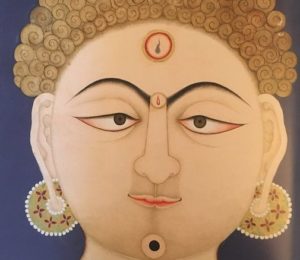
T-Ph20. What is Yoga
This subject asks - What is Yoga? It identifies that conjunction and dissociation are central to an understanding of why we practice.
'When the seer identifies with consciousness or with the objects seen, he unites with them and forgets his grandeur. The natural tendency of consciousness is to become involved with the object seen, draw the seer towards it, and move the seer to identify with it. Then the seer becomes engrossed in the object. This becomes the seed for diversification of the intelligence, and makes the seer forget his own radiant awareness'. BKS Iyengar
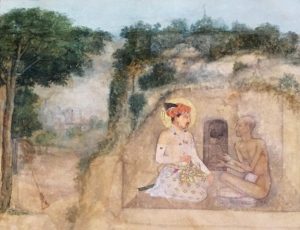
T-Ph21. The Link between Asana & Pranayama
T-Ph21 looks at the link between asana and pranayama and considers prana and the vayus. An extensive range of articles drawn from diverse sources along with video extracts makes this a valuable resource..
‘All vibrating energies are prana. All physical energies such as heat, light, gravity, magnetism, and electricity are also prana. It is the hidden and potential energy in all beings, released to the fullest extent as a response to any threat to one's survival. It is the prime mover of all activity. It is energy that creates, protects, and destroys’.
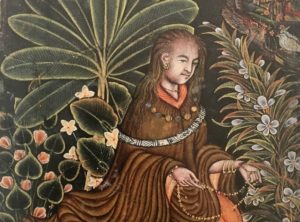
T-Ph22. Yogic Imprinting
‘Imprinting is the act of placing a set of images or experiences in the storehouse of our impressions. This body of experience allows us to access something greater than the stretches and breathing exercises. These practices are the vehicle by which we experience directly and clarify our perception’. T-Ph22 looks at memory and Samskara in a practice of asana.
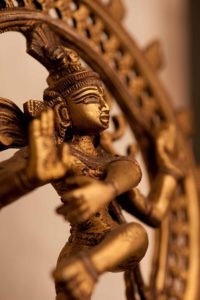
T-Ph23. The Conscious Pause
There are three transformations which take place in meditation. At the very beginning of his Yoga Sutras, Patanjali says that stillness of the mind is yoga. Later, he says that when a person is trying to still the mind, there is an opposition which occurs as new thoughts or new ideas arise in the mind.
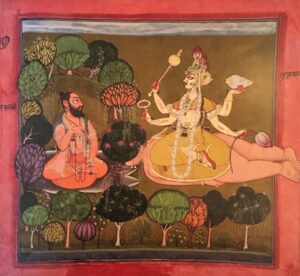
T-Ph24. Restraining Citta
Yoga aims to study our consciousness and the yoga applies a PRACTICE to explore our experience and address the things that cause the consciousness to oscillate. Namely the Vrttis, Klesas and Antarayas
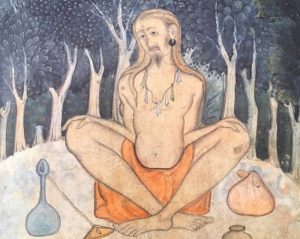
T-Ph25. Considering Samyama
‘When the contemplator and the object of contemplation become one, then the seer and the seen become inseparable and one. With the blending together of the subject (meditator) and the object (meditated upon), they become one and this is samadhi. Thus, dharana, dhyana and samadhi are interconnected and intermingled. Patanjali coins a technical term, " Samyama", for the integration of these three aspects of yoga’.
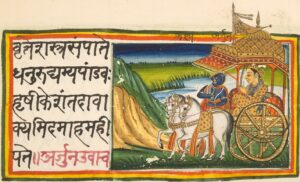
T-Ph27. The Bhagavad Gita
The Gita askes a fundamental question. Is it the world around us or the world within which is most real. This subject explores the richness of the Gita and the paths that it proposes to come to understand oneself. It seeks to identify the main themes in the text and its influence on Iyengar Yoga. It includes a richness of recordings and articles by the Iyengar family. Including a series of audio recordings of talks given by Geeta Iyengar.

